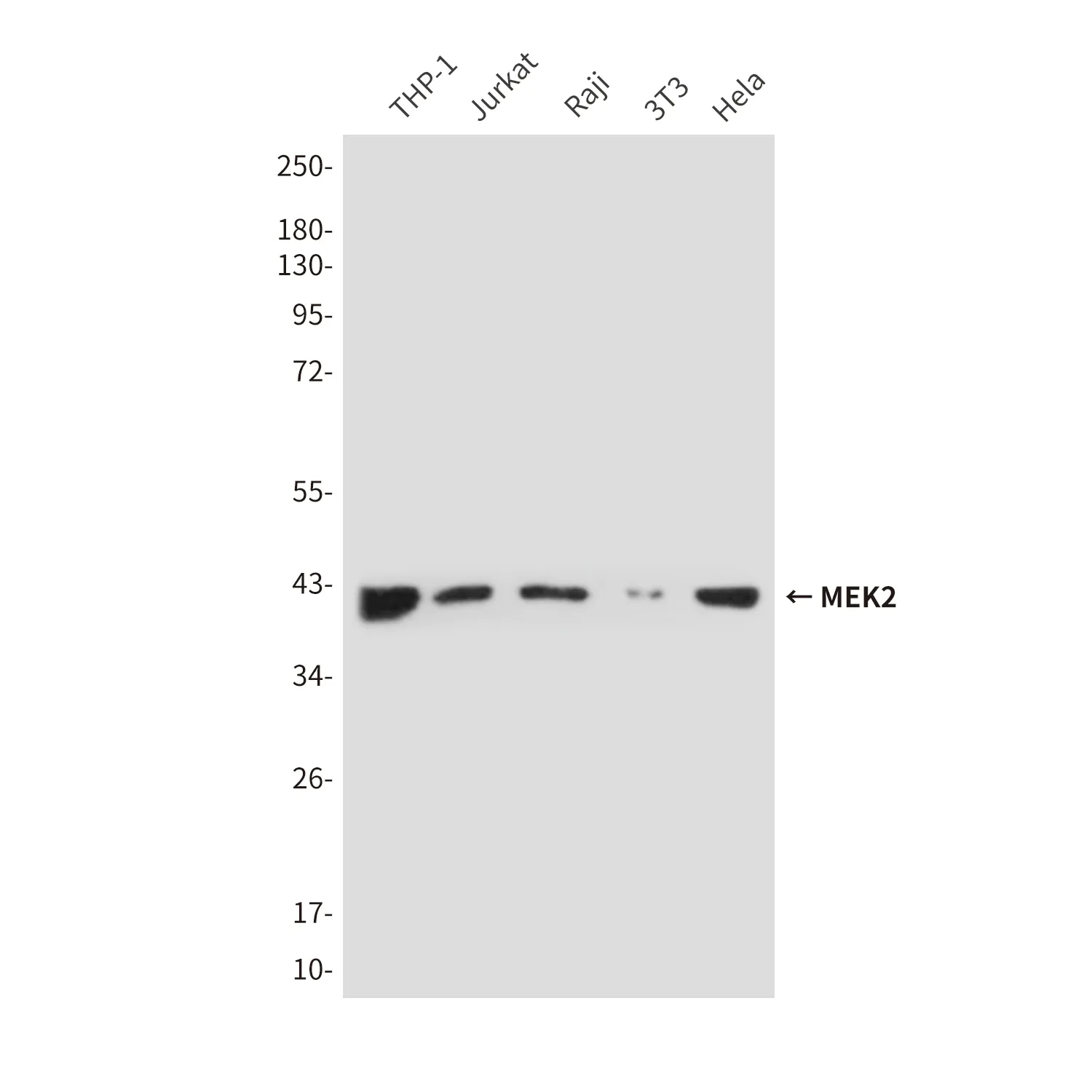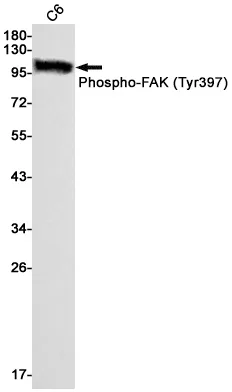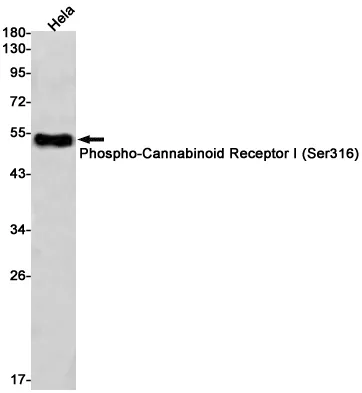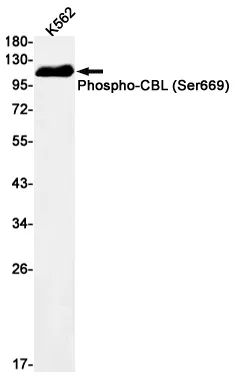Summary
Performance
Immunogen
Application
Background
Bone morphogenetic proteins (BMPs) were first identified as molecules that can induce ectopic bone and cartilage formation. BMPs belongs to the TGF-β superfamily, playing many diverse functions during development. BMPs are synthesized as precursor proteins and then processed by cleavage to release the c-terminal mature BMP. BMPs initiate signaling by binding to a receptor complex containing type I and type II serine/threonine receptor kinases that then phosphorylate Smad (mainly Smad1, 5 and 8), resulting the translocation of Smad into the nucleus. BMP was also reported to activate MAPK pathways in some systems. Growth factor of the TGF-beta superfamily that plays essential roles in many developmental processes, including neurogenesis, vascular development, angiogenesis and osteogenesis (PubMed:31363885). Acts in concert with PTHLH/PTHRP to stimulate ductal outgrowth during embryonic mammary development and to inhibit hair follicle induction (By similarity). Initiates the canonical BMP signaling cascade by associating with type I receptor BMPR1A and type II receptor BMPR2 (PubMed:25868050, PubMed:8006002). Once all three components are bound together in a complex at the cell surface, BMPR2 phosphorylates and activates BMPR1A. In turn, BMPR1A propagates signal by phosphorylating SMAD1/5/8 that travel to the nucleus and act as activators and repressors of transcription of target genes (PubMed:25868050, PubMed:29212066). Can also signal through non- canonical BMP pathways such as ERK/MAP kinase, PI3K/Akt, or SRC cascades (PubMed:31363885). For example, induces SRC phosphorylation which, in turn, activates VEGFR2, leading to an angiogenic response (PubMed:31363885).
Research Area




